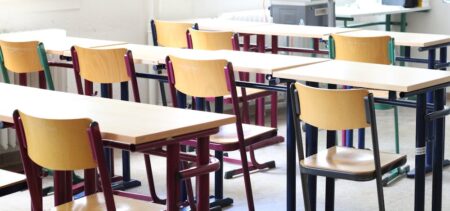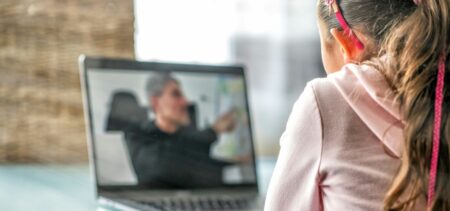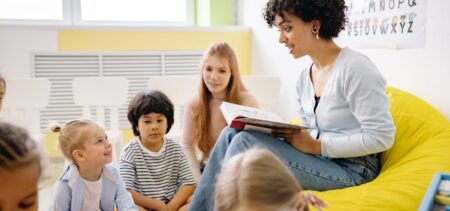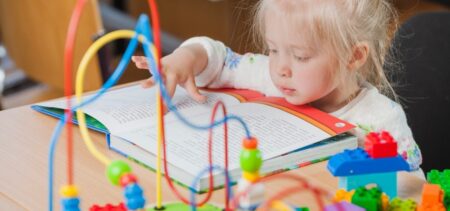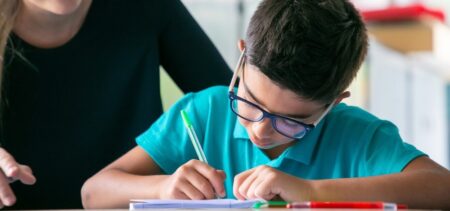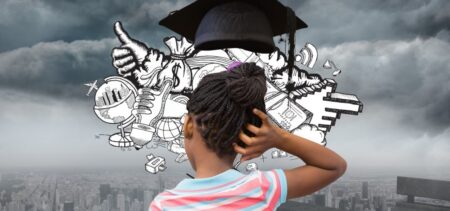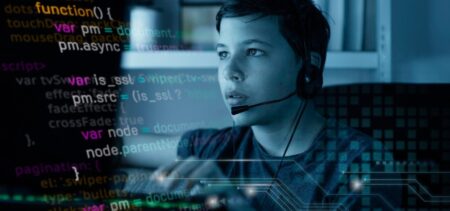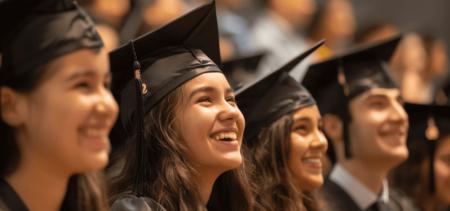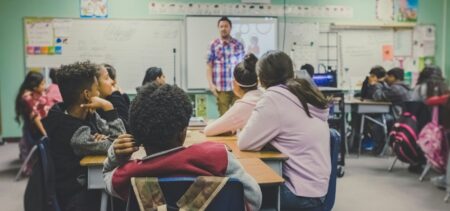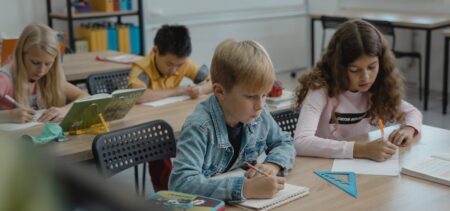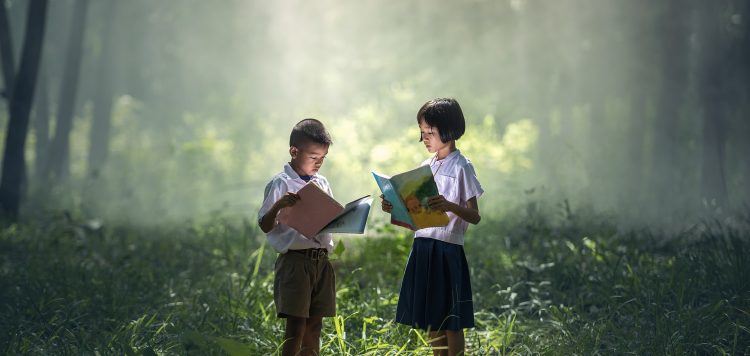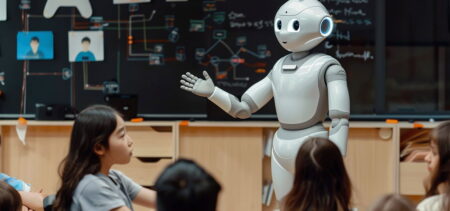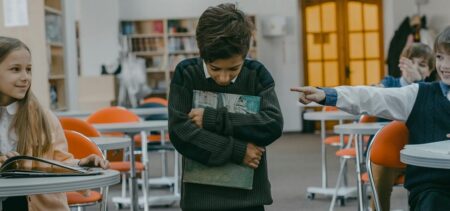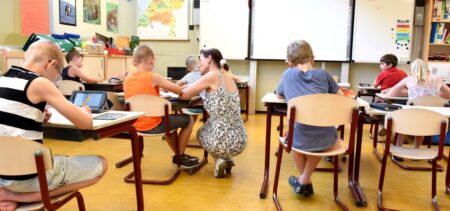Technology is changing every aspect of our lives––and the educational system is no exception to the rule. From the rapid proliferation of massive open online courses (MOOCs) to the widespread adoption of mobile devices that facilitate blended learning models, technology is creating new waves of opportunity for educational institutions across the globe.
“Technology is changing the dynamics of education, especially the relationship between teachers and students,” says Andrew Kim, a Steelcase WorkSpace Futures researcher. “As educators begin to rethink the learning experience, we believe it will be important to also reshape educational spaces to support this evolution.”
Laptops, tablets and other mobile devices are already being used to replace old models of standardized, rote learning with more personalized experiences for students. And since students now have access to a wealth of information online, teachers can leverage technology to make better use of their time in the classroom and advance students’ problem-solving, communication, and collaboration skills.
“More and more, classrooms are becoming places where knowledge is created versus consumed by students,” says Andrew. “As students start to have more control over what they use to help them learn, you need spaces that support more creative or generative activities. Providing a palette of place, posture, and presence—i.e., virtual as well as face-to-face interactions—is as important in educational spaces as it is in workplaces.”
So what does the future hold in store? According to teachthought.com, changes in the technology sector may not impact learning directly, not in a “typical cause-effect relationship” anyways, but rather one will become a part of the other.
By 2020, alternative learning forms will become the norm. Cloud-based education “will be the rule, not the exception”, peer-to-peer and school-to-school collaboration will be more prevalent, and schools will begin to function as think tanks. Students and educators will come together to discuss and find solutions for local and global challenges that impact the well-being of the population: clean water, broadband access, human trafficking, etc.
By 2024, teachthought.com speculates that “culture” will no longer be “integrated into units,” “but embedded into social learning experiences, including poverty, race, language, and other trademarks of what it means to be human”. Learning simulations in eLearning environments might replace the need for teachers, whereas in schools and educational institutions that will continue down the path of traditional learning, personalized learning programs will be implemented to offer students custom curriculum and learning objectives based on each individual’s need.
2028 takes us further into the future with schools, not just teachers, being replaced by learning simulations and full-on virtual worlds. Personalized academic learning will be perfected. Institutional certificates, such as college degrees, will be replaced by a newer type of certificates of achievement and performance that are “social and portfolio-based”.
In other words, learning in itself will become more personalized, less reliant on teachers and faculty members, and better integrated with new technologies and trends. We might even see the use of biometrics explored as a means of providing real-time learning feedback for educators and for-profit organizations alike, “for the purpose of analytics, market research, and ultimately consumerism”.
Whatever the future might bring, one thing is certain: technology alone will not be able to prepare students for the jobs of the future; essential skills such as creativity, innovation, and collaboration will require a human touch. Paul Drechsler, chairman of Teach First and president of the CBI, says: “Teamwork, leadership, listening, staying positive, dealing with people, and managing crisis and conflict are know-how skills, not know-what skills, and that’s where we humans will always triumph. But we need teachers, businesspeople, and policy-makers to be in the same room to develop an education strategy appropriate for the next generation.”


